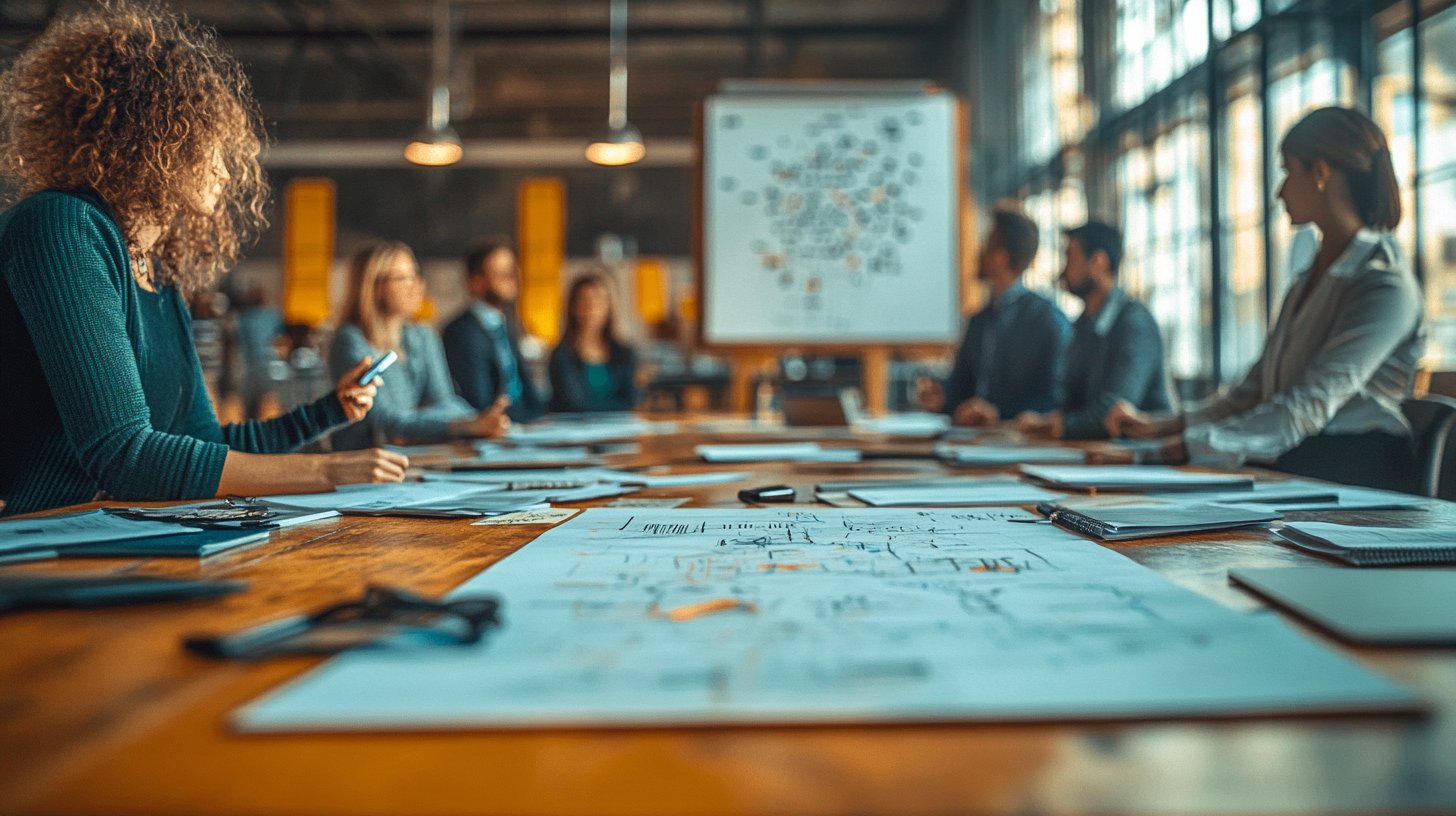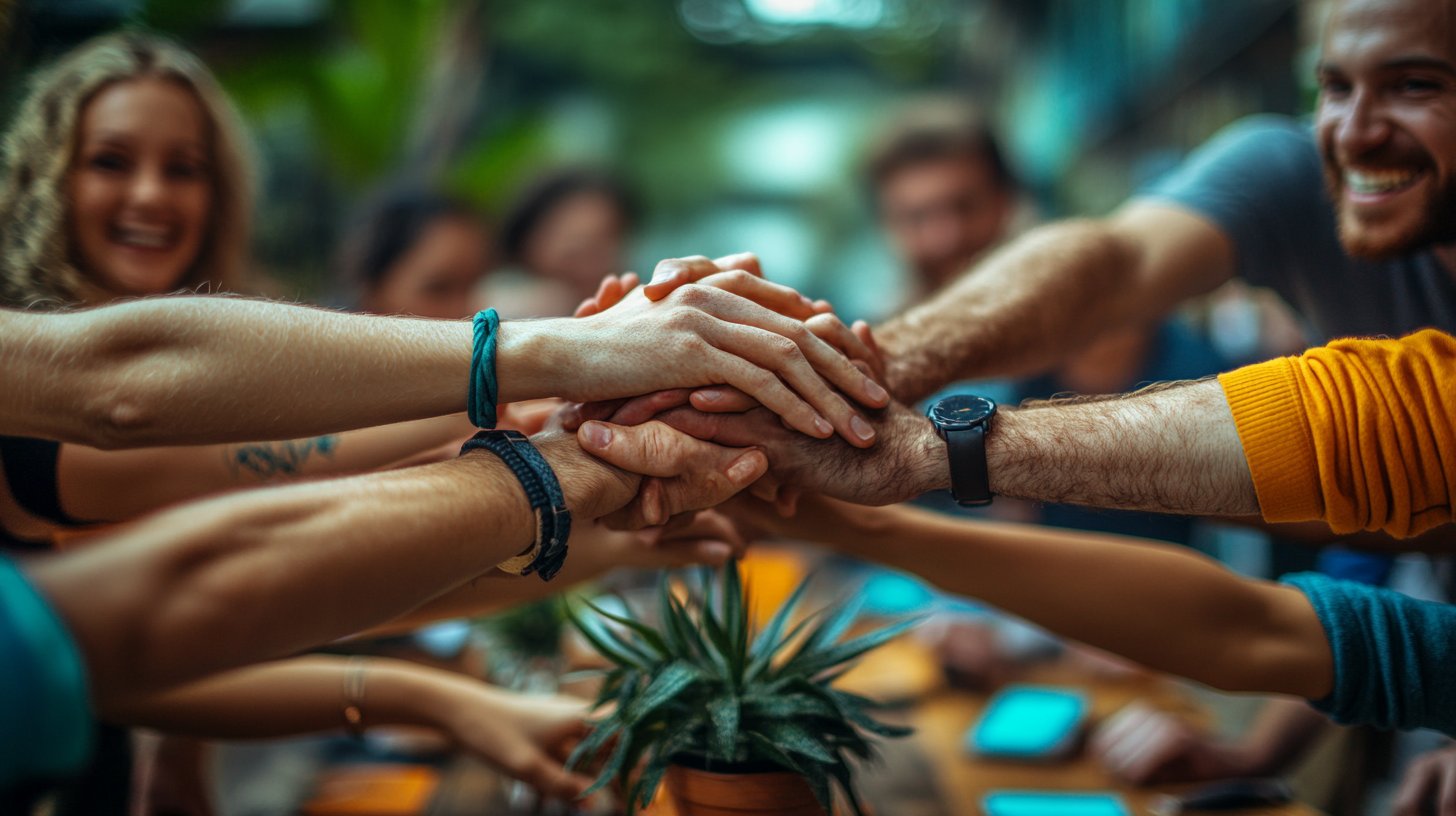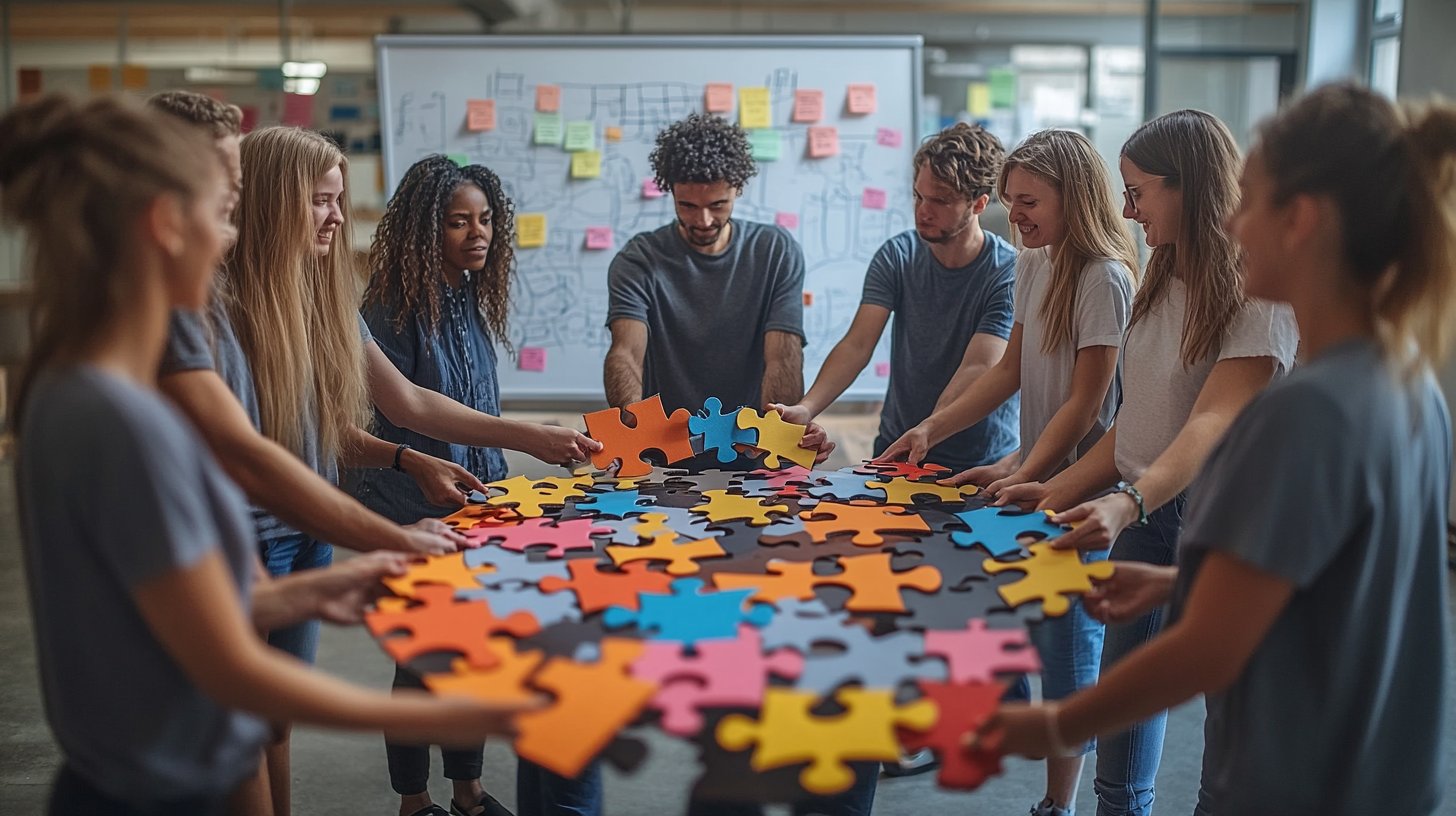Creating group dynamics may seem like a complex challenge, but it is a key step toward achieving your goals. You are likely searching for solutions to ensure that every group member contributes constructively while strengthening team cohesion. Common challenges include poor role distribution, unclear communication, or a lack of collective motivation. These issues can hinder the smooth progress of activities and the sense of accomplishment.
To meet your needs, we have outlined clear and practical steps. Strategic planning, interaction management, and group motivation are at the core of our advice. You will discover how to create a collaborative environment where every member finds their place and where results exceed expectations.
Take the time to identify the key points for organizing a successful group activity. With tailored methods and concrete tools, you will transform your sessions into true collective successes.
Preliminary Planning Steps
Defining the Objectives of the Activity
Before starting to plan, clearly defining the objectives of the activity is essential. This step guides the group in the right direction and ensures that everyone works toward a common goal. Well-defined objectives enhance collective efforts.
Questions to ask include: What is the purpose of this team-building activity? What skills or knowledge should be acquired? Answering these questions will help you better structure your approach.
Selecting Group Members
Choosing the right members for the group ensures good team cohesion. Complementary skills and personalities play a key role. Including people with varied expertise enriches the collective work.
A good balance between technical skills and interpersonal abilities helps create a harmonious team. Also, consider including diverse personality traits to foster clear communication and reduce potential conflicts.
Activity Implementation
Task Allocation
Task allocation plays a key role in the success of the activity. Assigning specific roles to each member allows optimal use of individual skills. This method clarifies responsibilities and prevents duplicated efforts.
For example, a simple chart can show who does what:
| Task | Responsible | Deadline |
|---|---|---|
| Preliminary research | Jean Dupont | September 15 |
| Data analysis | Marie Martin | September 22 |
| Final presentation | Pierre Dubois | September 29 |
Clear Communication
Clear communication is vital for the group’s effective functioning. It prevents misunderstandings and ensures that everyone moves in the same direction. Regular meetings allow members to share their progress and quickly resolve potential issues.
Using appropriate communication tools (like instant messaging or collaborative platforms) facilitates exchanges and improves coordination. Establishing minimum guidelines for formal communications structures interactions effectively.
Maintaining Motivation and Cohesion
Team-Building Games
Team-building games strengthen team spirit and improve interpersonal relationships among group members. They provide a fun moment while promoting collaboration. Here are some ideas:
- Puzzle Game: Each member receives a piece of a puzzle they must assemble together.
- Sports Challenge: Organize a small team sports competition.
- Interactive Quiz: Create a quiz on a relevant topic to stimulate discussion and exchange.
These activities develop not only collaboration skills but also camaraderie and mutual support.
Encouragement and Constructive Feedback
Motivating team members through encouragement and constructive feedback enhances their engagement. Recognizing individual and collective efforts fosters a positive environment where everyone feels valued.
Team development relies heavily on such recognition. Providing regular and honest feedback allows for course corrections and maintains good group dynamics.
Evaluation and Adjustment
Analyzing Results
At the end of the activity, analyzing the results helps determine whether the initial objectives were met. This evaluation highlights strengths and areas for improvement. Using specific criteria makes this analysis easier.
Questions to consider include: Were the objectives achieved? What challenges were encountered? Which solutions were effective? Considering these aspects allows future activities to be better tailored.
Member Feedback
Requesting feedback from group members provides valuable internal insights. These reflections help understand how each participant experienced the activity and which aspects they believe could be improved. Collect feedback through anonymous surveys or open discussions during the final meeting.
This step contributes to the group’s continuous growth and the improvement of the working methods used. Thus, organizing group activities becomes an evolving and optimized process.
Additional Activity Examples
Team-Building Activities
Team-building activities play a fundamental role in strengthening bonds among group members. They encourage cooperation and help uncover each member’s strengths. Popular ideas include:
- Virtual Escape Room: Solve puzzles together in a digital environment.
- Building a Tower: Use simple materials to construct the tallest possible structure.
- Obstacle Course: Plan a series of physical and mental challenges to complete as a team.
Personal Development Workshops
Personal development workshops bring individual and collective benefits. They often focus on improving specific skills like stress management, public speaking, or conflict resolution.
Workshops also facilitate the exploration of new approaches and working methods. Including regular sessions in group activities fosters continuous enrichment.
Precautions to Take
Avoiding Ambiguities
By refining minimum guidelines and being precise in expectations, you reduce the risk of ambiguity. Everyone understands exactly what is expected and can focus on their task without confusion.
If misunderstandings arise, addressing the issue immediately prevents frustration from building up. Over time, this rigor in communication contributes to overall harmony.
Maintaining Balance
The balance between work and relaxation is crucial for ensuring a healthy atmosphere. Excessive pressure can cause stress and harm productivity. Conversely, too much leniency can slow progress.
Scheduling regular breaks and planning relaxation moments during intensive periods maintains employee motivation and preserves well-being. The goal is to find a favorable middle ground for collective performance.
By following these steps and integrating these elements, organizing a group work activity will become more structured and enjoyable for all participants. The path to success is paved with transparent communication, equitable task distribution, and constant engagement.








